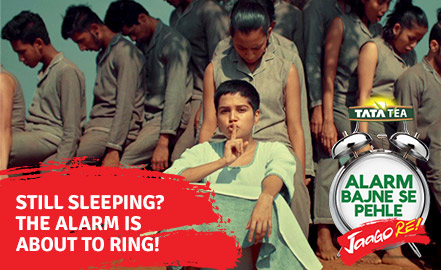SHOULD YOU GIVE UP YOUR LPG SUBSIDY?

Liquefied Petroleum Gas is uncontaminated and efficient form of energy that can be used for a wide range of daily sustenance activities ranging from cooking, motor fuel and refrigeration. For the longest time in India, there have been many allowances provided for the citizens by the Government in various industries and products – from fuel to food; thereby benefitting citizens of lower income to have access to these facilities at a much more affordable rate.
However, India’s subsidies have been subject to scrutiny and criticism from the World Bank and UNESCO. The World Bank has said that India’s subsidy schemes are unproductive and leading to economic instability, while the UNESCO’s study has detailed that India has the lowest public expenditure on education.
Recently the Government has requested its citizens, belonging to the middle class and above who have a higher income range, to give up their LPG subsidies so that it may benefit citizens from the lower income range.
As of today, more than 3.2 lakh people have given up their LPG subsidies – as reported by the Government in www.giveitup.in.
Advantages of giving up LPG subsidy –
A citizen who belongs to the middle and the upper middle class with a higher income bracket can afford to purchase LPG at full market price, thereby they can give up their LPG subsidies for the people of the lower economic bracket.
This can:
1. Stabilise the economy – The Government spent Rs. 40,000/- crores in the year 2013-2014 for LPG subsidies. If well to do citizens give up their LPG subsidies, amount the Government spends on subsidies lessens by half, enabling thousands of people in the lower income bracket access to basic fuel at subsidised rates.
2. Lower the fiscal deficit of the country – Fiscal deficit is the difference between the government’s expenditures and its revenues (not including the money it has borrowed). India’s current fiscal deficit is 4.1% from its GDP, a reduction from 4.5% in the previous year; as reported by Finance Minister Arun Jaitley in the Budget 2015.
3. Give access to the poor – Currently, citizens belonging to the lower economic bracket and citizens who do not have access to clean fuel use wood for cooking. When well to do citizens give up their LPG subsidies, the Government can utilise it to provide LPG subsidy benefits to the poor.
4. Help strengthen agriculture sector – We are all aware that agriculture is the backbone of our country. The Government plans to strengthen farmers and give them access to technology in agriculture, in the long run when the Government recovers the money it has spent on subsidies, it can use the resources to help develop the agriculture sector, thereby empowering farmers and protecting their assets.
Will the Government be able to keep up its promise?
By asking citizens to give up their LPG subsidies, the Government intends to cut down its expenditure on subsidies and utilise it better to provide for the poor. However, a few questions do plague the scenario –
1. Can the Government utilise this move for the best of benefits?
2. Can we expect the Government to be transparent of its dealing with the PAHAL scheme?
3. Will the Government be able to keep corruption out of this scheme?
4. Can we expect committed expenditure to public infrastructure development like better roads, now that the burden of LPG subsidies is lessened by half?
All that remains to be seen is how well the administering bodies will be able to provide for the poor and if there will be a significant improvement for citizens throughout the country in terms of sustainability and better public infrastructure.
If you see any issues related to health and sanitation or any discomforts, discrimination or mismanagement, please report it on Push the Pin
Share this story on





